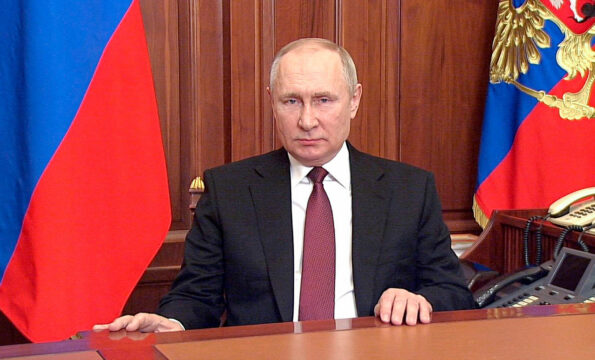What Happened: Ukrainian President Volodymyr Zelensky declared a national state of emergency and mobilized reservists amid fears of an imminent Russian military incursion, The Moscow Times reported Feb. 23. The Ukrainian government mobilized 36,000 military personnel and transferred an additional 5,000 members of the National Guard into military service, bringing Ukraine’s mobilized military to approximately 300,000.
Why It Matters: The most likely scenario for a further escalation of the Russia-Ukraine conflict is a limited Russian military operation largely confined to the Donbas region along Ukraine’s border. Moscow would intend this operation to destroy a large portion of the Ukrainian army and secure the claimed borders of the separatist Luhansk and Donetsk People’s Republics (L/DPR). Moscow likely believes that this would be the best way to force Kyiv to back down and offer concessions while inciting chaos in the rest of Ukraine without Russia having to conduct a costly occupation of larger pieces of the country. But Russia can accomplish many of its overarching strategic goals toward Ukraine, including effectively blocking the country’s NATO and EU membership prospects and turning it into an unstable country, without having to resort to a major, costly kinetic escalation, such as a further invasion.
Background: On Feb. 22, Russian President Vladimir Putin effectively issued Ukraine an ultimatum, naming the conditions he said would be necessary to resolve the current crisis, including Ukraine’s voluntarily refusal to join NATO, neutrality and disarmament. Moscow’s recognition of the L/DPR did not force the West into continued dialogue. Instead, Western governments have curtailed planned meetings and contacts and imposed economic sanctions, signaling that they believe Russia was never serious about diplomacy.
Prophetic Link:
“For nation shall rise against nation, and kingdom against kingdom: and there shall be famines, and pestilences, and earthquakes, in divers places.” Matthew 24:7.






Comments